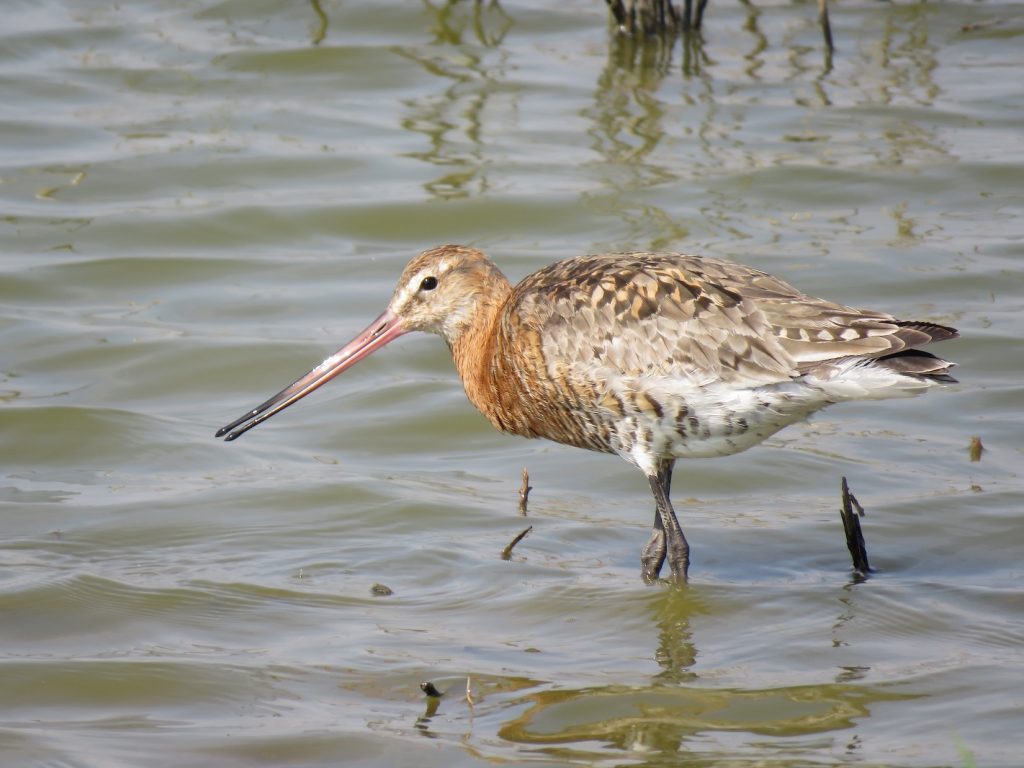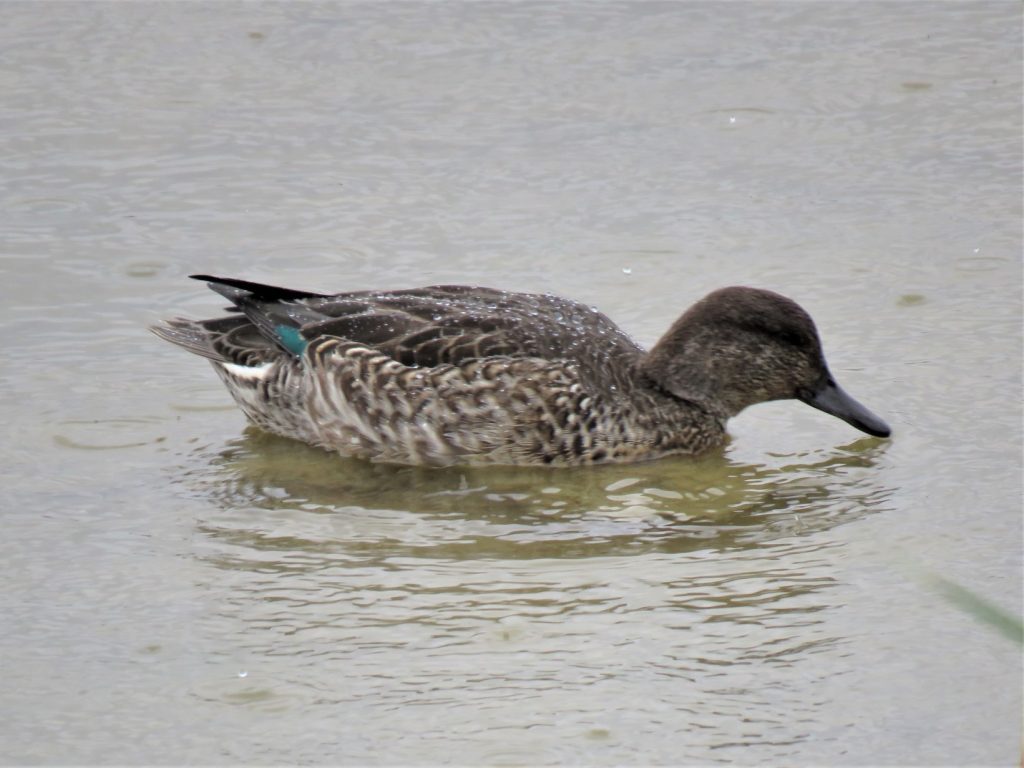Nature Notes September
If, like me, you have trouble remembering the difference between astronomical and meteorological seasons you are really going to struggle with what comes next!
Autumn is around the corner
For birdwatchers, “autumn” migration begins in early July and continues to mid-November. As “spring” migration lasts until mid-June, the birdwatcher’s “summer” is a couple of weeks when butterflies and dragonflies take centre stage.
Arriving birds are more easily defined than those that are departing. For example, most cuckoos have departed by the end of July and most swifts by the end of August. But it would be incorrect to say, just yet, that three swifts seen on 26 August were the last of the year. However, a green sandpiper seen at the start of July was the first of the “autumn”.
July
Most new arrivals in July are birds that have failed to breed in countries to the north of the UK or for some species, adults that leave their growing young behind, reducing competition for the food that the young birds need to grow rapidly. These arriving species include ducks such as tufted duck, pochard and teal and waders including green sandpipers and black-tailed godwits.

Departing, largely un-noticed other than at coastal bird observatories, are cuckoos, nightingales and a significant proportion of many of our common summer breeding birds. Also, seabirds such as auks and kittiwakes leave their colonies once the young can swim or fly.

August
Mid to late August is an excellent time to see migrant wading birds. At coastal wetland sites 20 or more different species can be seen at a single visit. A dozen or more species are not uncommon at inland sites such as Rutland Water. Some have arrived and will be with us e.g. around The Wash, until next spring but many others are passing through heading south or west.
Duck numbers continue to increase and species such as wigeon and shoveler begin to appear whilst the first pintail will usually be around by the last week in August.
With easterly winds, “drift migrants” from Scandinavia appear in the last week of August. This year conditions were ideal for a few days around 21 August and whinchats, pied flycatchers and wrynecks were scattered along the east coast with a few turning up inland.
Several whinchats were seen locally and some may stay for a few weeks if they find sufficient scrubby vegetation to feed amongst.
By the end of August, swifts, sedge warblers and garden warblers have mainly left us and most of the Rutland Water ospreys have gone or are “packing their cases” for the flight to West Africa.
September
Now is your chance to see migration. If the weather is settled with a light (ideally) south-westerly breeze, get up early and get to a high point with an unobstructed view to the north. This might involve a brisk uphill walk but it needn’t. There are suitable places you could drive to.
Over the next two hours or so you will see small parties of birds moving into the breeze. Their flight will be deliberate, not the usual quick dash between feeding areas. Migrating birds usually keep in contact by call as well as visually. With practice you can begin to recognise some birds by their calls before you see them coming.
You might get parties of Meadow Pipits, Swallows or Chaffinches flying in front of you or low overhead.
Although the highest sites generally produce the best results, any site looking north across a valley will produce birds.
Locally, Smeeton Gorse is a very good site as is Borough Hill. Langton Caudle ought to be good but I haven’t been up there at the right time to check that out. However, I can see migration within walking distance of home, at a view-point looking north across the “valley” of a stream just 20 metres below me.
Wherever you live you can find a site worth trying that is easy to access.
Next month’s nature note will continue the autumn migration through to mid-November.




 A week of climate action hope and celebration
A week of climate action hope and celebration

